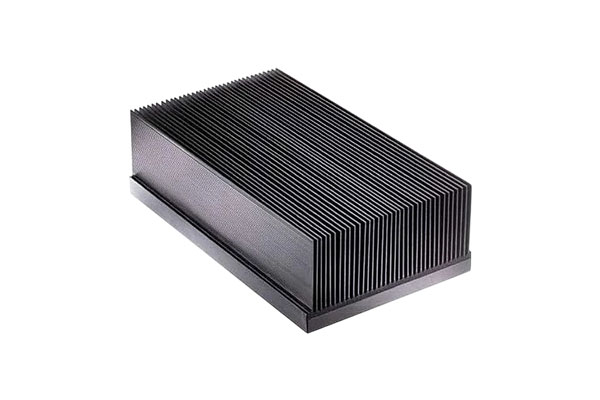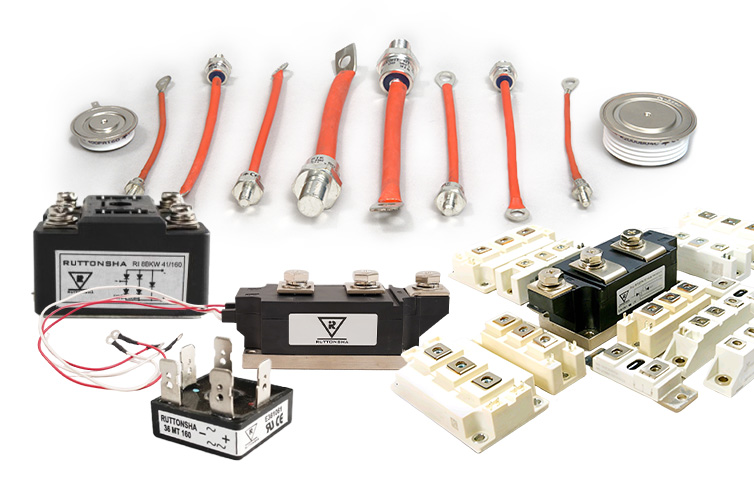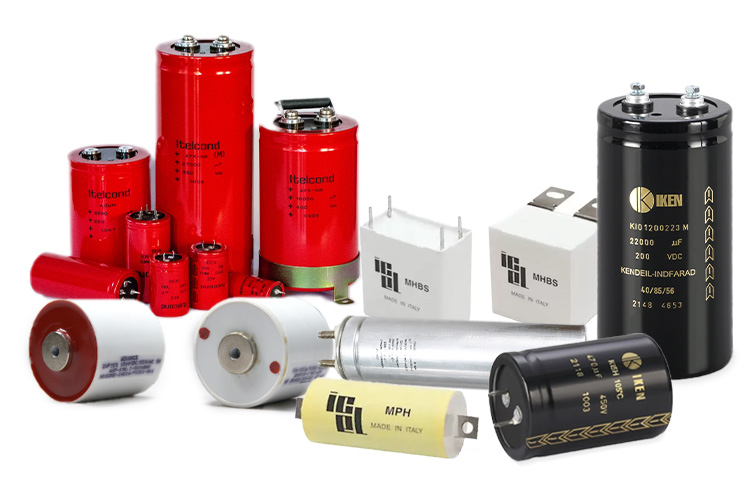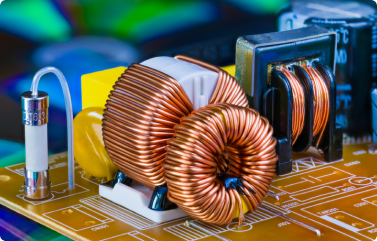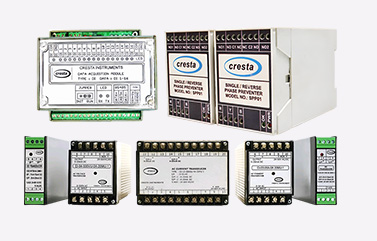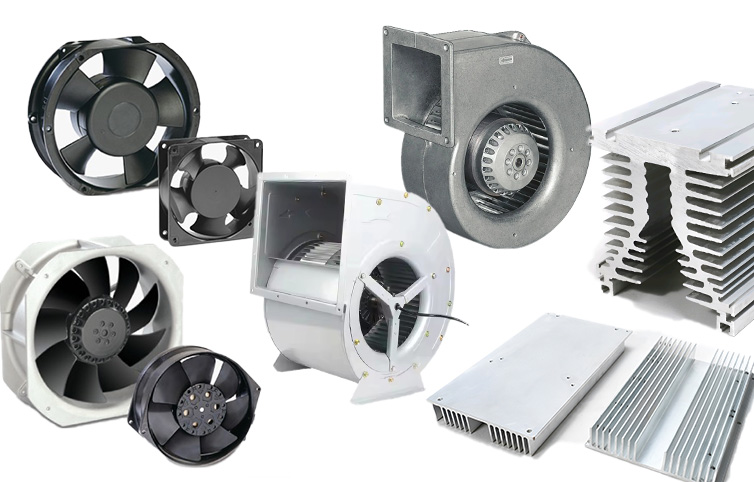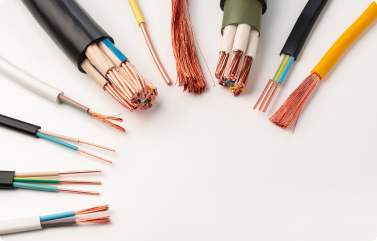
The Extrusion Process: An Overview
The extrusion process begins with heating a solid aluminum or copper billet until it becomes malleable. The softened material is then pushed through a die, which shapes it into a specific profile, creating the heat sink's form. This method allows for the production of long sections of heat sinks with complex geometries, including intricate fins that maximize surface area for effective heat dissipation.
Once extruded, the heat sink can be cut to the desired length, and additional machining or surface treatments, such as anodizing, can be applied to enhance thermal conductivity and corrosion resistance. The result is a lightweight, durable, and efficient thermal management solution tailored to meet the unique needs of various applications.
Tap for enquiry
